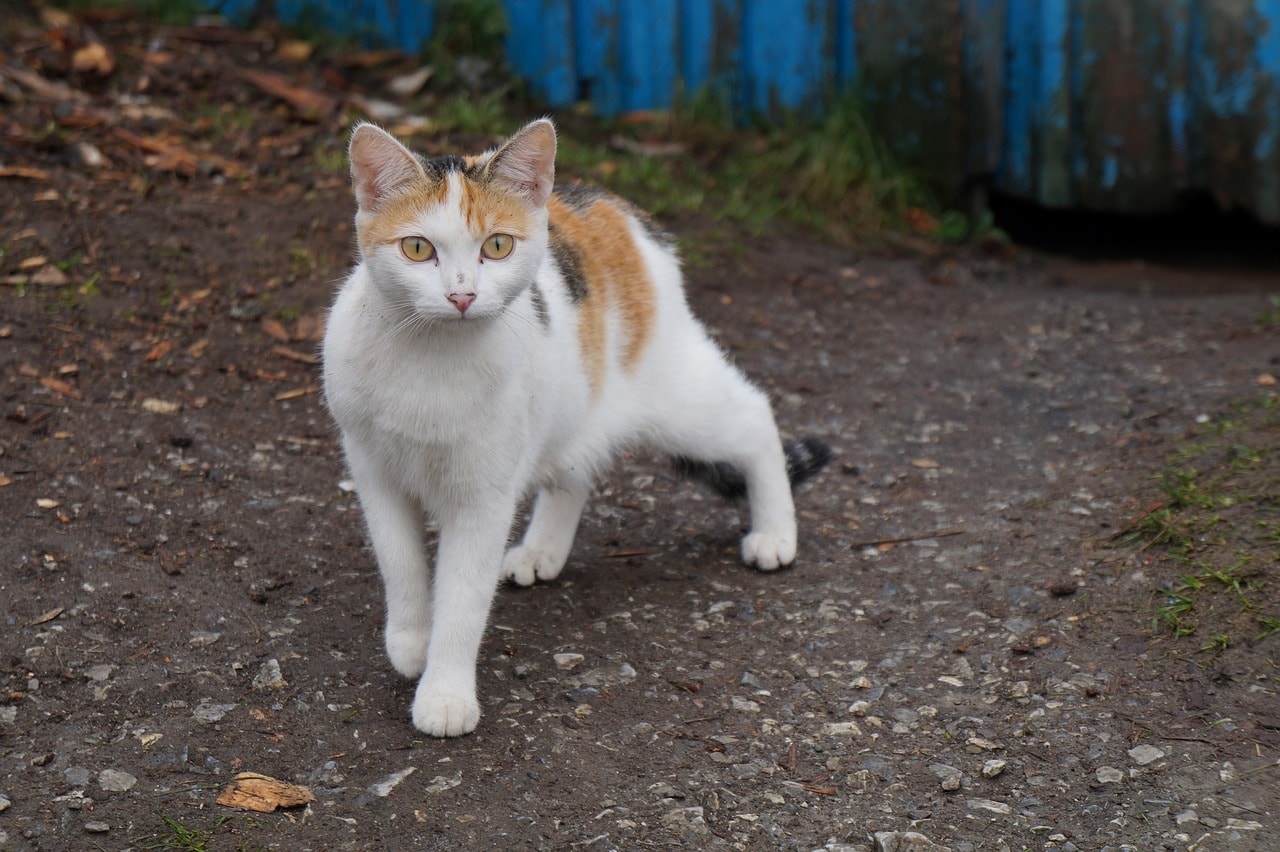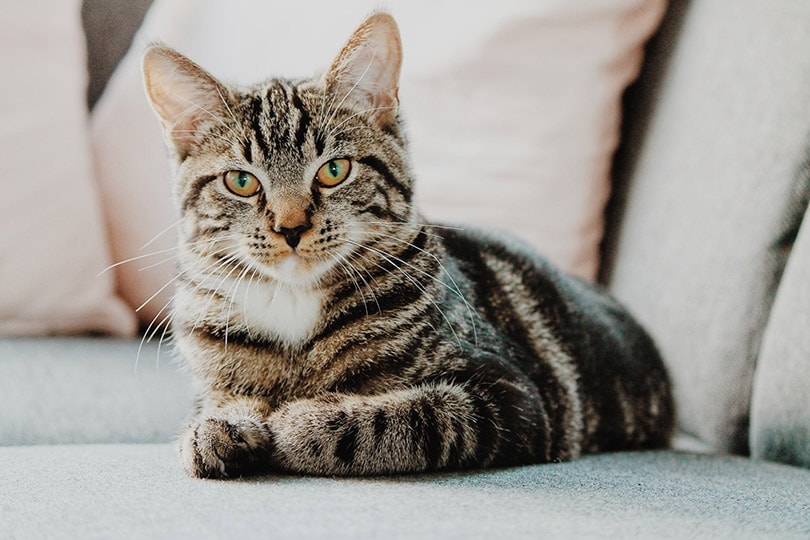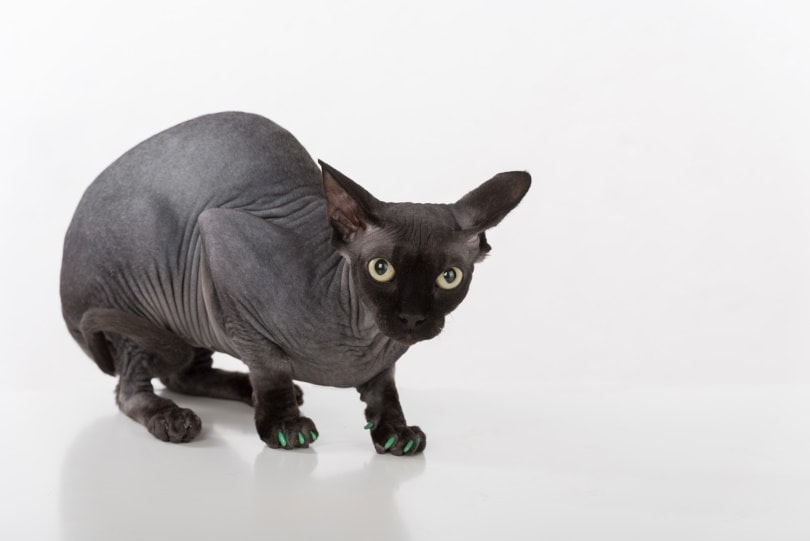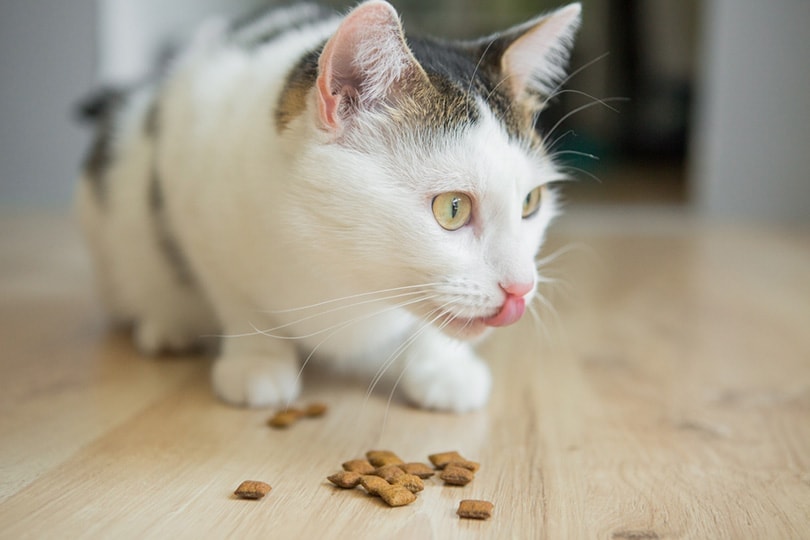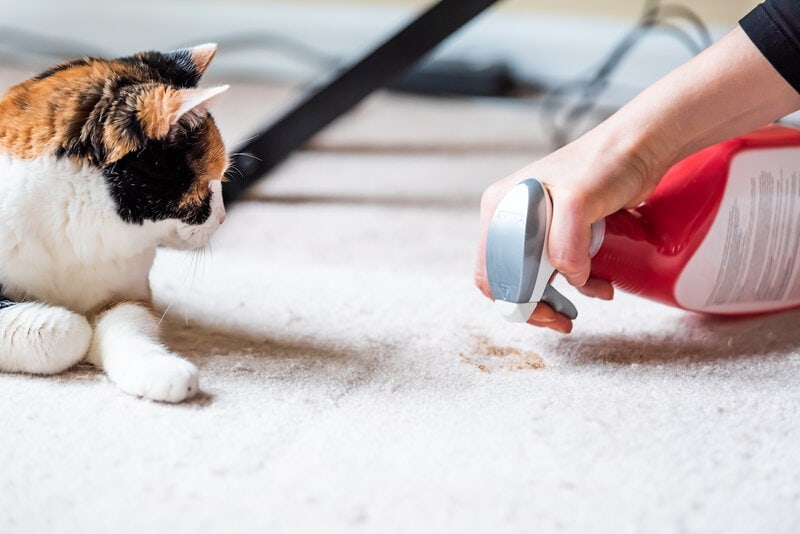We’re sure everyone has heard the idea that a cat always lands on its feet. The concept is usually used to illustrate how people come out of bad situations without negative consequences but do cats always land on their feet? Here’s what science says.
The Righting Reflex
The labyrinthine righting reflex, more commonly referred to as just ‘the righting reflex,’ is a biological impulse driven by an instinctive deviation from the upright position. The righting reflex uses a complex system of visual, vestibular, and somatic inputs to determine that the body is in free-fall and needs to be righted to land without harm.
First triggered in the bony walls of the inner ear, the body’s sense of spatial orientation and balance, the vestibular system, will detect that the body is not oriented correctly. The righting reflex will then determine which direction is ‘up’ and reorient the head into the upright position, bringing the animal’s whole body with it.
The vestibular system will sense the force of gravity through the inner ear and move the head to determine which position the head needs to be in. It will then move the head and body until gravity is coming from the ‘down’ position. As the head moves to the upright position, the body follows behind it until the righting reflex determines that the whole body is in the proper place.
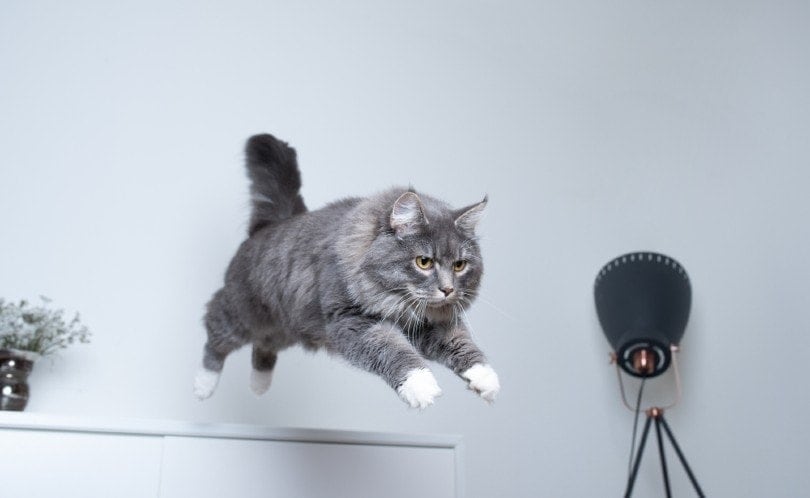
Cats and the Righting Reflex
Cats are one of the primary study examples of the righting reflex. The reflex appears in kittens as young as three weeks old and is generally fully matured between six and nine weeks of age. But their age and righting reflex is not the only factor determining whether they can land on their feet.
Cat Righting Technique
Cats seem to have it all figured out when it comes to righting their bodies. They even have a biologically driven technique — as shown by its manifestation in kittens — that they use to get their bodies from the wrong position to the right one.
First, they bend in the middle so that the front and back halves of the body are no longer rotating together. Instead, with their body in this U-shape, the front and rear halves of the body can turn separately.
Then, they tuck their front legs in and extend the back legs out. This movement allows the front of the body to rotate very quickly in the chosen direction while the back half rotates very little.
Lastly, they switch the rotations and tuck the back legs while extending the front legs. This movement does the same as the last step, but in reverse, it allows them to quickly rotate the back half to the correct position while maintaining the position of the front half.
If necessary, the cat may repeat the tucking and extension of the legs until the body is righted.
Of course, this happens instantly when we usually see it, and it can be hard to see all the parts of the technique. But Falling Cat by Etienne-Jules Marey shows us all the steps cats use to get their bodies from one position to another quickly.
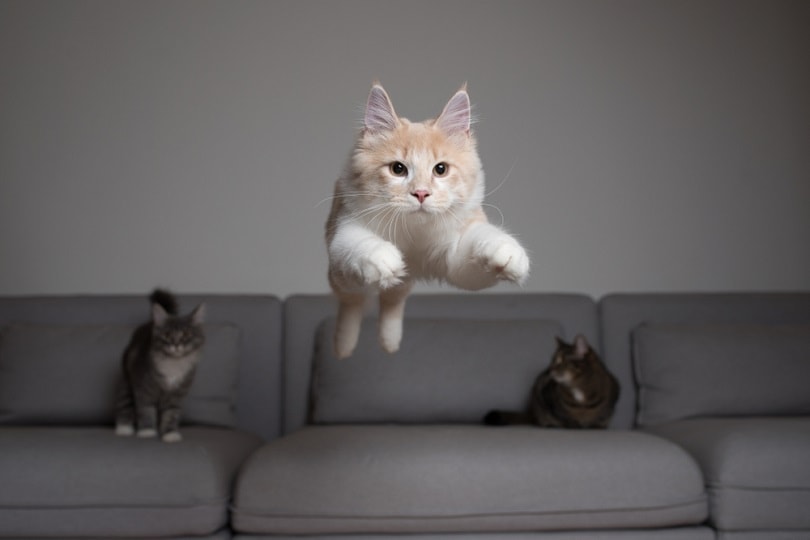
Skeletal Structure
One key feature in the cat’s righting reflex is its skeletal structures. Cats have no collarbones, which is one of the primary structures which prevents quick twisting in humans. Try it! As you twist your upper body, your collarbone prevents your shoulders and torso from bending too far. Cats lack this bone structure and can very quickly turn their bodies around in ways that many creatures would be entirely unable to.
Cats also have very flexible spines with 30 vertebrae. Adult humans have about 24 vertebrae on average and are remarkably less flexible. This flexibility affords the cat the ability to bend the body to right it.
Terminal Velocity
Several factors influence the cat’s maximum falling speed or terminal velocity. Cats have a very low body-to-weight ratio, light bones, and thick fur, which means they don’t fall as fast or land as hard as larger animals. Additionally, a 2003 study found that once a cat reaches terminal velocity, it will extend its limbs out horizontally so that the impact of the fall is more evenly distributed throughout the whole body.
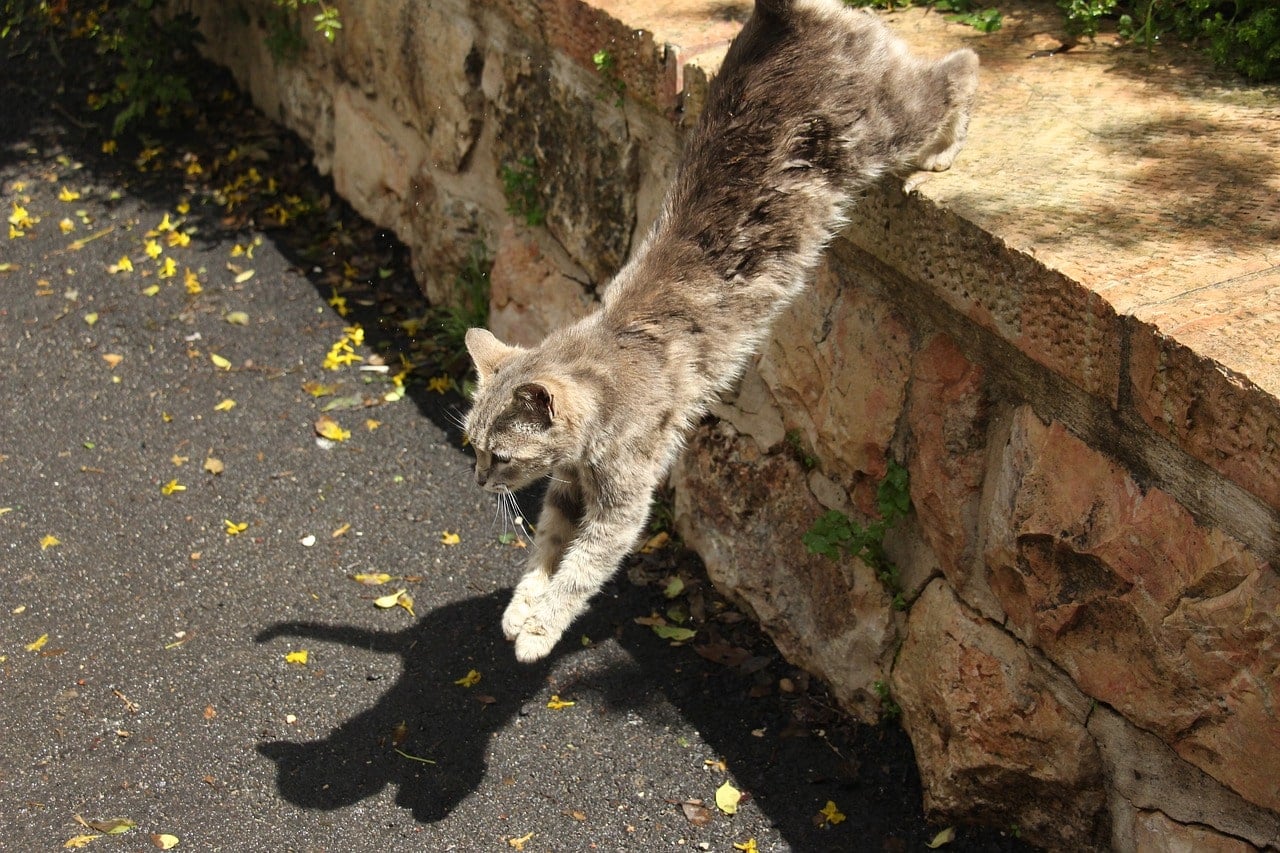
Do Cats Always Land on Their Feet?
No, they don’t. Once a cat reaches terminal velocity, it’s far more likely that it lands on its stomach.
Though not entirely debunked, a 1987 study surveyed 132 cats brought into the New York Animal Medical Center after falling from a great height. The study showed that falls between two and six stories had the highest level of injury compared with falls from 7 to 32 stories. One cat even fell 46 stories and landed with no injuries at all.
However, critics of the study will quickly point out that it leaves out a critical group of cats: ones who didn’t survive the fall; a dead cat can’t be brought to a veterinarian.
The 2003 study revisiting the topic of “cats falling from great heights” found that falls from seven or greater stories were associated with more severe injuries and more cases of damage, sometimes fatal, to the rib cage and chest.
So, no, cats don’t always land on their feet, and you should be very careful not to let your cat find out whether they can.
Conclusion
Cats don’t always land on their feet, and they can’t survive a fall from any height either. This pervasive myth can sound like a cheerful and uplifting comment. However, if their owners believe it, it can prove deadly to cats who live in high-rise buildings. Unfortunately, you probably won’t stop hearing this one any time soon. Still, you can do your due diligence to keep your furry friends safe.
Featured Image Credit: Pixabay
